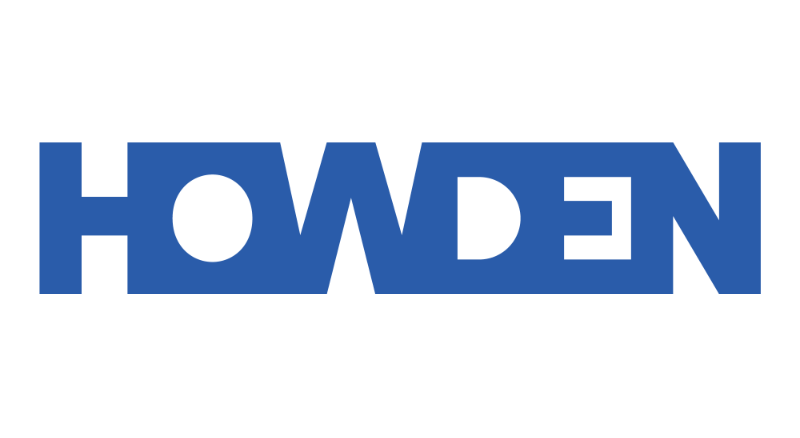Securing access to capital a key differentiator for 2024: Howden

While almost every market observer and industry analyst are expecting reinsurance capital levels to increase in 2024, broker Howden has highlighted that actually securing access to capital will be a key differentiator for market participants, as not everyone is expected to be successful.
Over the last few years, capital raising for reinsurance start-ups has been challenging and the insurance-linked securities (ILS) market has certainly not had a level capital raising playing field.
There have been significant successes, on both the reinsurer and ILS manager side, but it is by no means a story of success across the board.
Industry publications have written numerous stories about industry luminaries raising funds for a start-up, only for no company to emerge in the end.
While ILS managers are constantly in conversation with investors, but capital raises are still far from the levels previously seen a few years back.
Things are improving, significantly so in some segments such as catastrophe bonds, while a number of collateralized reinsurance and retrocession ILS investment managers have also completed successful fund-raises in time for the 2024 renewals. But it’s still not the same story for everyone.
In its latest market report, broking group Howden notes the shifting of sentiments and that capacity providers look ready to deploy more capacity to reinsurance in 2024.
But they explain that, “The ability to demonstrate profitability over the long-term will be crucial to securing commitments: expected returns need to become realised returns.
“Given the backdrop of elevated catastrophe losses, growing populations in high-risk areas, climate change and broader geopolitical and inflationary trends, capital providers are looking for evidence of strong underwriting performance over a sustained period and across cycles.”
Results and still favourable market conditions at the January 2024 reinsurance renewals “portend well for the foreseeable future,” Howden believes.
But the firm rightly cautions that, in 2024, “Securing access to capital will be a key differentiator for (re)insurers, ILS funds, MGAs and hybrid structures, as a broad spectrum of investors weigh up opportunities beyond property-catastrophe reinsurance.”
Still, so far Howden estimates that only $17 billion of new capital has flowed into reinsurance since hurricane Ian in September 2022.
That’s far short of the $40 billion that had come into reinsurance over the 15 months following 9.11, or $53 billion over the same period after hurricane Katrina.
“Of the USD 17 billion of capital to enter the market in the last 15 months, 40% was channelled into ILS vehicles, with the remainder committed to existing players and sidecars. No start-ups got off the ground, although some could emerge this year,” Howden explained.
The world is very different now, with far higher costs of capital, but with structural changes in catastrophe reinsurance having taken effect since 2023, the market is now perhaps better positioned to absorb more inflows, but in a more disciplined and perhaps even rate-sustainable way.
Howden said that the shift in the loss burden, from that restructuring of catastrophe reinsurance, with reinsurers and ILS protection moving higher up, “sends an important signal to investors looking to deploy capital into the sector, and portends well for future inflows.”
Howden further explained that, “Additional capital is needed to cover growing catastrophe exposures, but macroeconomic and geopolitical instability, climate change concerns, loss of confidence in catastrophe models, lacklustre returns and attractive opportunities in other asset classes contained commitments for much of 2023.
“Sentiment is nevertheless starting to shift now more distributed loss sharing between cedents and reinsurers is in place and profitability has been demonstrated. Accelerating inflows into the catastrophe bond market is indicative of increased appetite across traditional and alternative capital providers and the attractive proposition offered by the sector heading into 2024.
“When capital is deployed, return expectations sit above cost of capital, which has risen significantly over the last year.”
Howden describes a picture of a much healthier situation in reinsurance, with more chance of capital being raised, but a lot of factors set to underpin how easy that is to achieve, as well as where the capital flows to.






